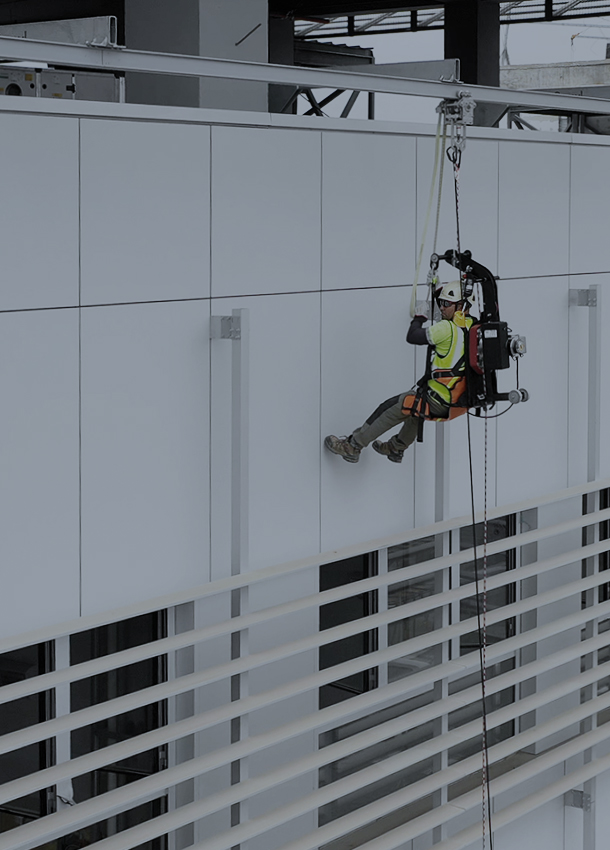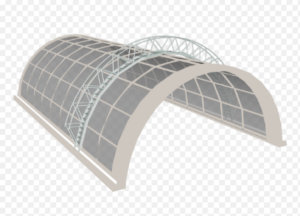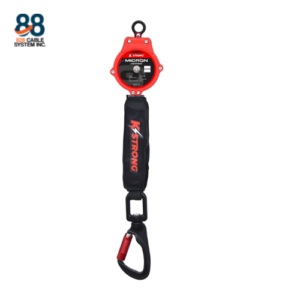
Fall Arrest Lifeline Solutions: Ensuring Safety in the Philippines & Asia
In industries across the Philippines and Asia, ensuring the safety

Rail systems play a crucial role in providing efficient and versatile access solutions across various industries. From maintenance tasks to facade cleaning, modern rail systems offer a range of options to meet specific project requirements. In this comprehensive guide, we’ll delve into the world of rail systems, exploring their types, applications, advantages, and factors to consider when choosing the right system for your needs.
Rail systems, also known as suspension rail systems, are designed to provide secure and efficient access to heights in various settings. These systems have evolved over the years to address specific needs, offering innovative solutions for accessing challenging environments.
There are several types of rail systems available, each with its own unique features and advantages:
Rail systems find applications across a wide range of industries, including:
These systems provide safe and efficient access solutions, enabling workers to perform maintenance tasks with ease.
Modern rail systems offer several advantages, including:
These advantages make modern rail systems a preferred choice for access solutions in various industries.
When selecting a rail system for your project, consider the following factors:
Consulting with experts and considering these factors will help you choose the right rail system for your specific needs.
Rail systems are integral to modern access solutions, offering versatility, efficiency, and safety in various industries. Whether it’s maintenance tasks or facade cleaning, these systems provide secure access to heights, enabling workers to perform their tasks with confidence. By understanding the types, applications, advantages, and factors to consider when choosing a rail system, you can make informed decisions to ensure the success of your project.

In industries across the Philippines and Asia, ensuring the safety

In today’s architecture and urban planning, greening solutions play a

In today’s fast-paced world of construction and maintenance, efficient access

In industries where working at heights is commonplace, ensuring the

In workplaces where heights are involved, ensuring safety against falls

In the realm of modern architecture, the integration of innovative
Copyright © 828 Cable System Inc. Philippines 2023 All Right Reserved